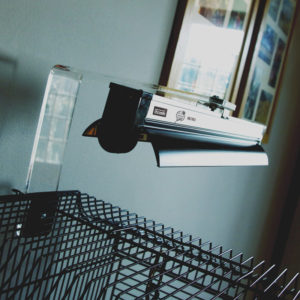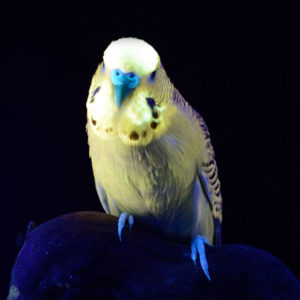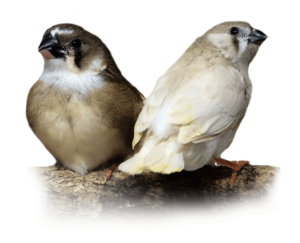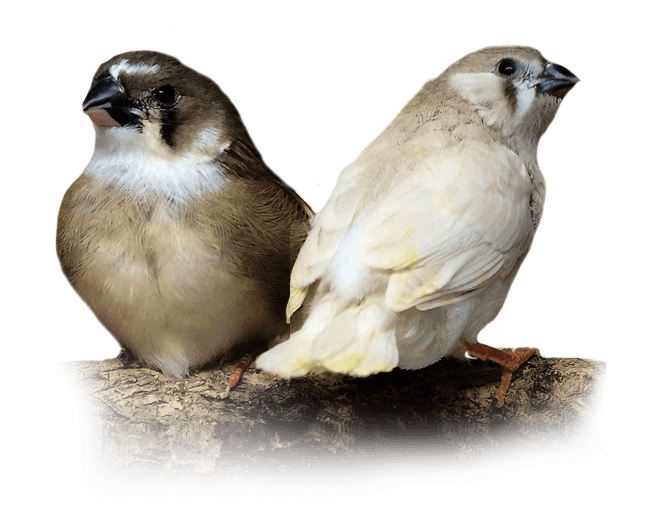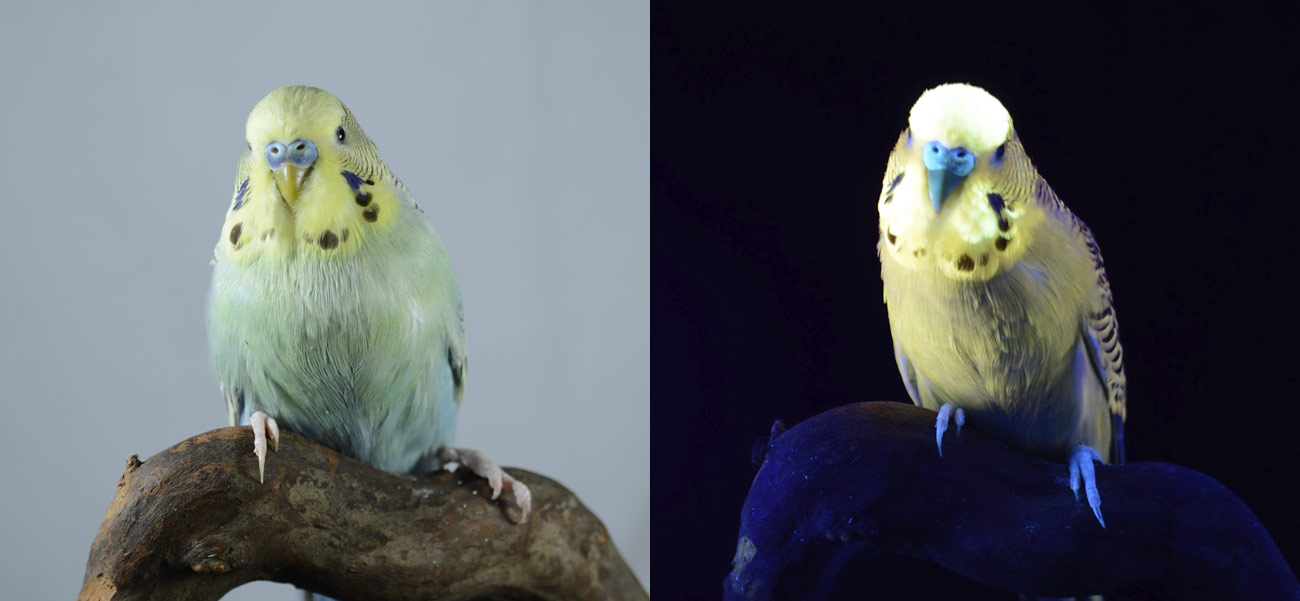
John Courtney-Smith, a parrot and reptile enthusiast, has developed a great interest in specialist UV-lighting and the science behind the systems, working and advising at Arcadia, the lighting professionals. Here he offers us the benefit of his knowledge in this the first part of a three-part series.
Birds, reptiles and some fish have developed a 4th cone cell within the eye, we call this ‘tetrachromacy’.
This high level of advancement allows these animals to perceive many more colours of light within the full-spectrum or terrestrial daylight, when they exposed to UV-A that a human can. It has been suggested that Humans (trichromats = 3 types of cone shaped cells) can perceive around 1 million colours, tetrachromats 100 million colours.
Allowing a bird to view the world in a natural way reduces stress, allows them to find and select foods better and also aids with mate selection.
Many species of bird are monomorphic to humans, by this we mean that both sexes look alike. We have to use surgical sexing or DNA analysis to be able to accurately pair up our birds. Not so for birds. Birds are easily able to determine the sex of the birds that surround them in unfiltered daylight. It seems that many birds display almost fluorescent markers in the feathering and face that denote sex and may even show breeding condition and health. Humans can ‘see’ some of these changes if birds are photographed under special UV lamps and complex camera lenses.


